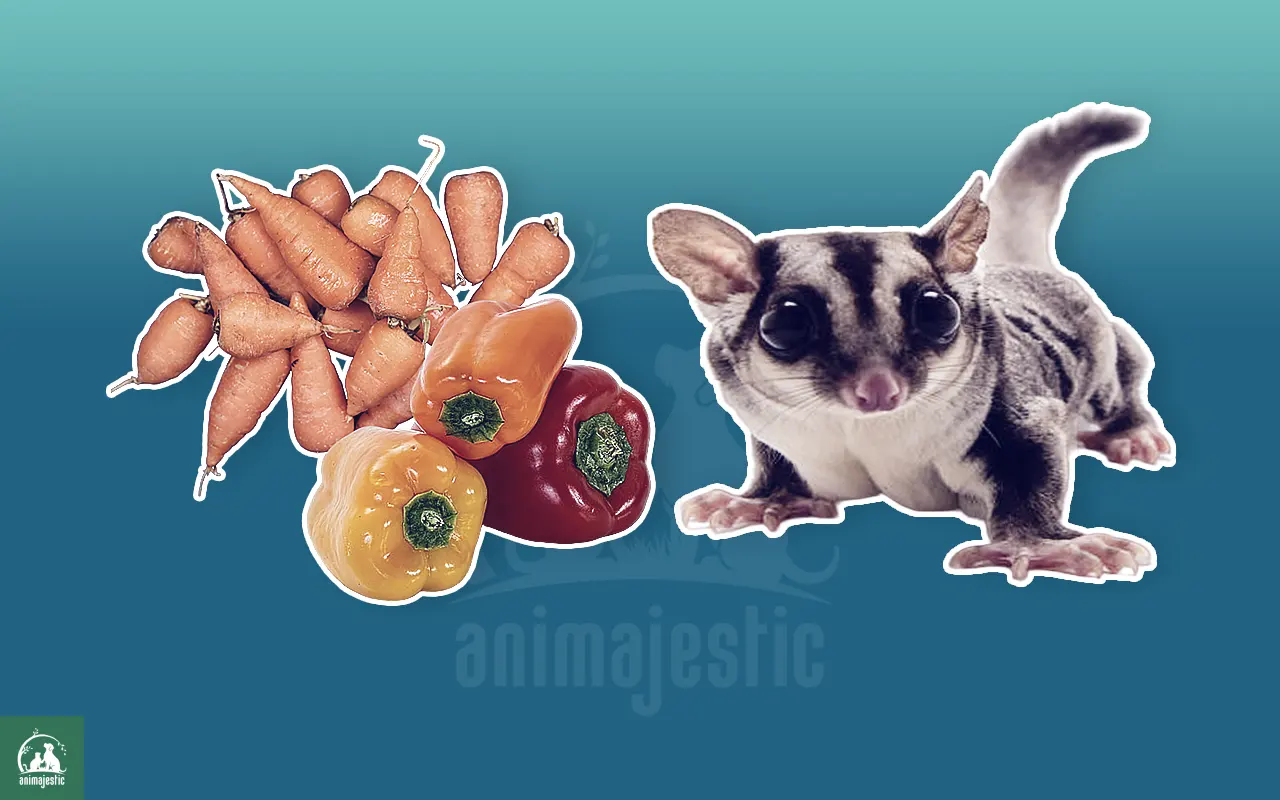Are you looking for all the recommended vegetables for Sugar Gliders? Here you go, but sadly, you can’t ask your sugar gliders outright what they’d like for dinner tonight.
We can only observe, research, and adapt according to the dietary needs of these curious little marsupials to provide them with a wholesome and balanced diet.
Besides being a source of incalculable joy and a great deal of amusement, sugar gliders also require careful and responsible feeding.
So, Is Vegetarianism a Sweet Deal for Sugar Gliders?
Sugar Gliders are naturally omnivores. These charming creatures from Australia’s eucalyptus forests have a diverse diet in the wild, consuming everything from small insects and larvae to tree gum and nectar.
However, reverting to a completely vegetarian diet could unbalance your sugar glider’s nutritional intake, potentially compromising its health.
So, while we need to supply our sugar gliders with vegetables and fruits regularly, these foods should complement a larger, more varied diet that includes protein sources.
Remember, a balanced diet for your sugar glider should include fresh veggies, lean protein, fruits, and a limited quantity of grain and dairy.
The Golden Rules of Vegetables for Sugar Gliders
Before we take a detailed gander at the list of vegetables that are good for sugar gliders, let’s establish some universally accepted feeding rules:
- Raw is better: Vitamins and nutrients are best preserved in their raw form. Cooking, especially boiling, can leach these essential components from the vegetables. Serve the vegetables raw, finely chopped, or grated.
- Variety is key: Just as with humans, diversity in diet is crucial. Sugar gliders don’t thrive on monotonous diets. Incorporate a mix of different colored vegetables as each color can represent a different set of nutrients.
- Remove the problem parts: In some veggies, the leaves, peel, seeds, or pit could be harmful to your glider. Make sure to remove these parts before serving the vegetables.
- Clean thoroughly: To protect your sugar glider from harmful residues and bacteria, always clean fruit and vegetables thoroughly.
- Gradual introduction: When introducing new food, do it gradually. This process allows you to observe for any potential allergic reactions or dietary upsets.
Recommended Vegetables For Sugar Gliders To Eat
Let’s travel down the vegetable aisle for your sugar glider, tastefully shrinking the human-centric descriptions to glider-sized bites of information for each one:
1. Bell peppers
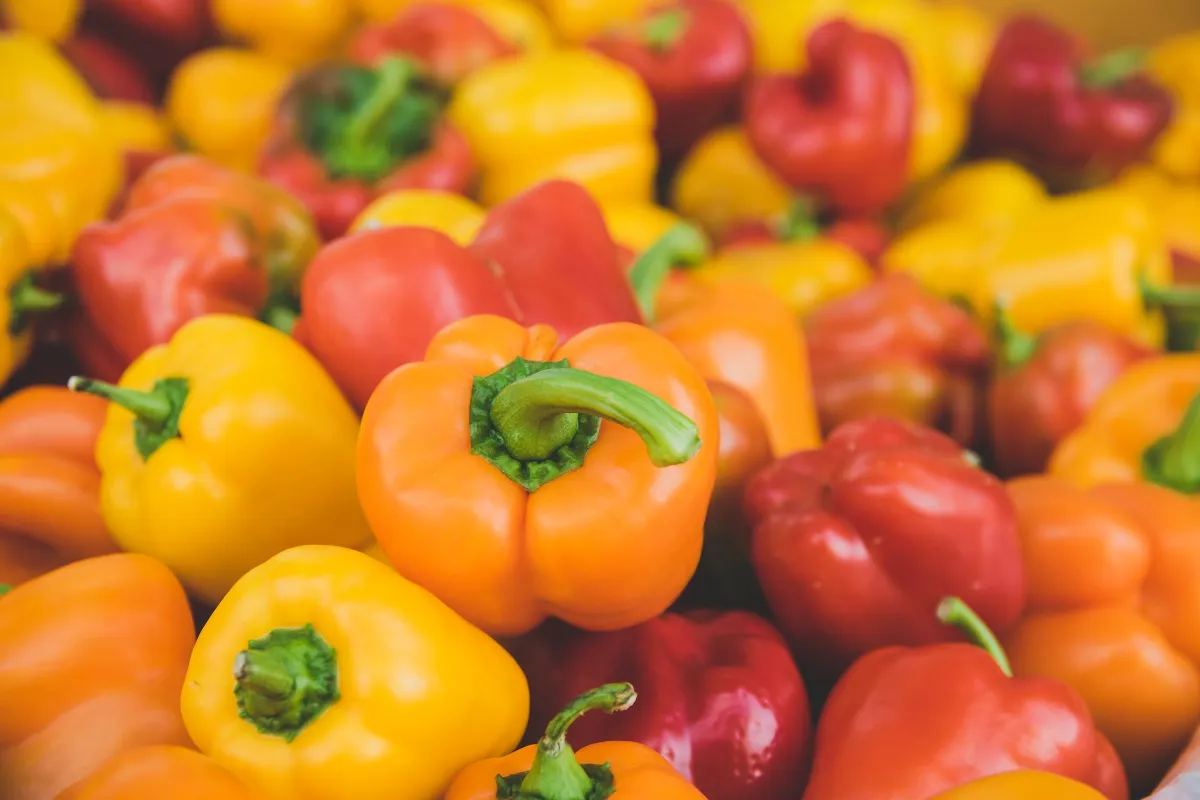
Bell peppers, of all colors (red, green, yellow, and orange), not only add a pop of color to any dish but are also an excellent source of Vitamin C for sugar gliders.
Vitamin C is crucial for maintaining their immune systems, and bell peppers are among the highest sources of this valuable nutrient. Ensure that you wash and chop off the stem, seeds, and white membrane before serving.
2. Butternut squash

Sweet and versatile, butternut squash is a win-win for sugar gliders. High in fiber and Vitamins A and C, butternut squash can be served cubed, mashed, or pureed, making it a fun and beneficial addition to your glider’s diet plan.
Bake or steam it before feeding to ensure the squash is soft and easy to consume.
3. Carrots
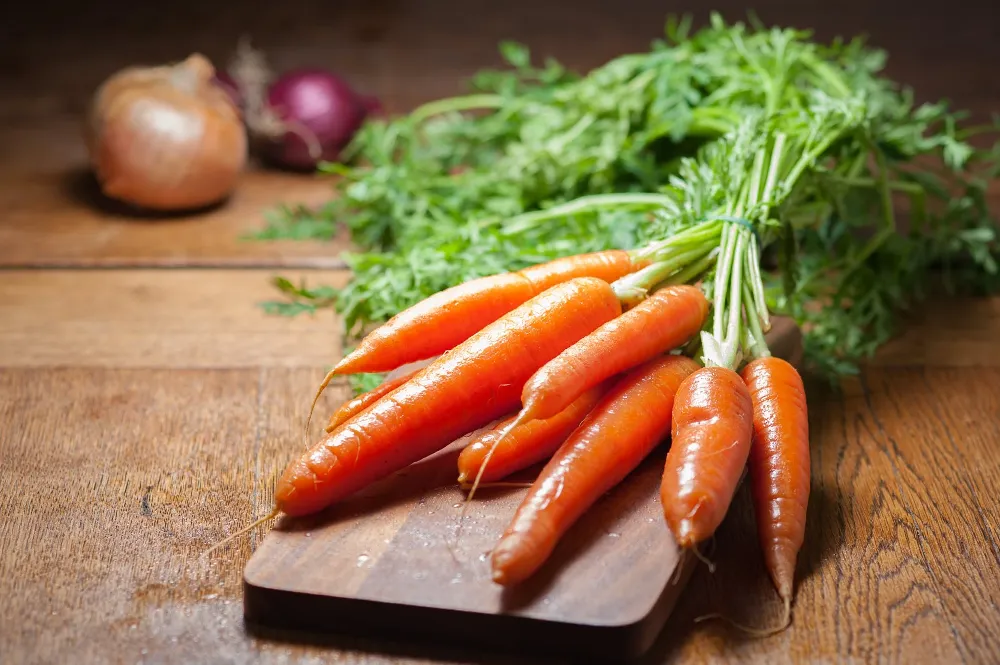
Carrots are a beloved crunchy staple in households worldwide, and they are a great addition to your sugar glider’s menu. Packed with vitamins, minerals, and fiber, carrots support healthy digestion and vision.
Serve them raw or lightly steamed and thinly shredded or chopped.
4. Sweet potatoes

Sweet potatoes are not just for Thanksgiving anymore! They have catapulted to the foreground, featuring in many contemporary dishes—and with good reason.
They are teeming with essential nutrients like Vitamins A, C, and E, and potassium.
Serve cooked and mashed, cubed, or in baby food versions for your sugar glider to enjoy.
5. Leafy greens
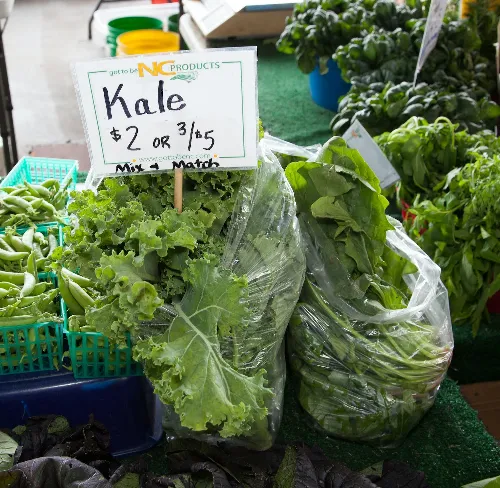
Leafy greens are a powerhouse of nutrition. Spinach, kale, collard greens, and Swiss chard provide a variety of essential micronutrients like calcium, iron, and Vitamins A, C, K, and B-complex.
Mix up a blend of these greens for your sugar glider in moderation, as too many can lead to an imbalance in their diet.
6. Zucchini
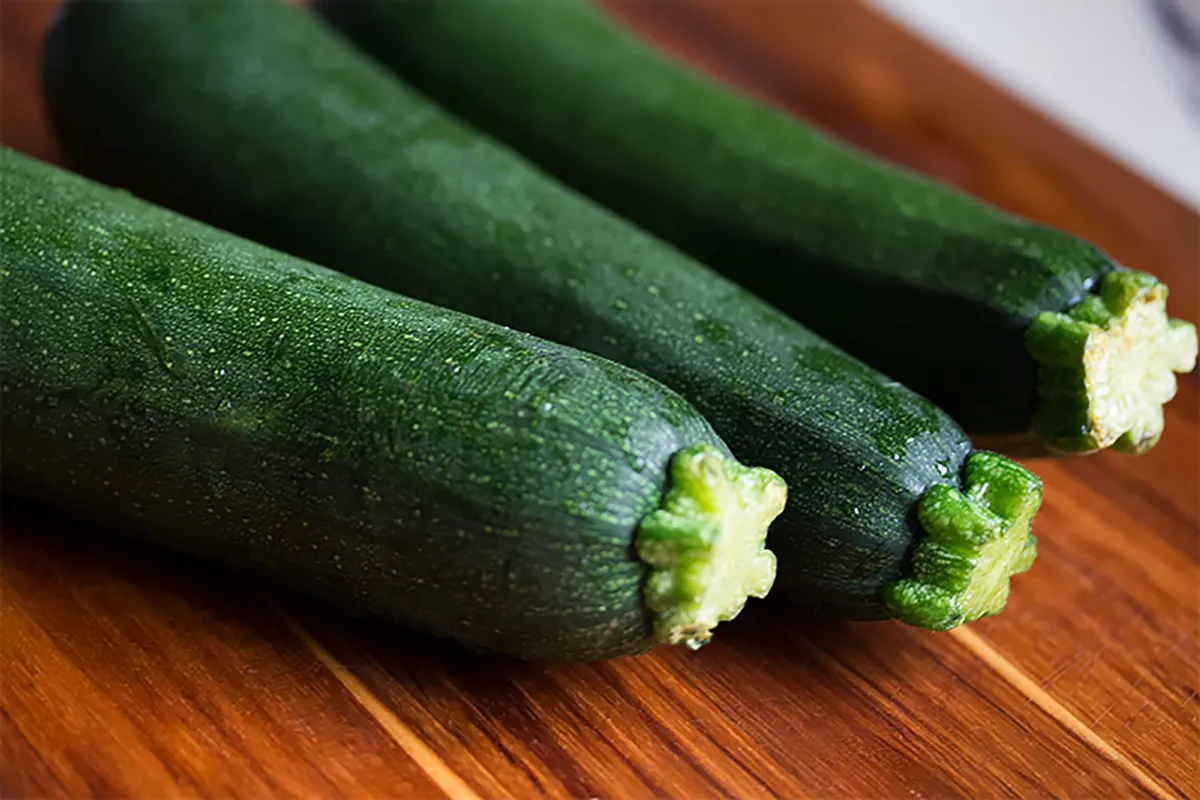
Zucchini is a versatile veggie your sugar glider can enjoy.
Though not as dense in nutrients compared to other vegetables, they still provide a good source of potassium, magnesium, and Vitamin C.
While feeding them raw is acceptable, you can consider lightly steaming or baking the zucchini for added variety.
7. Green beans

Green beans are a long-time staple in the veggie world, boasting substantial amounts of Vitamins A, C, and K, and essential minerals. Steam or blanch them and snip off the hard ends before presenting them as yummy meals for your gliders.
8. Peas
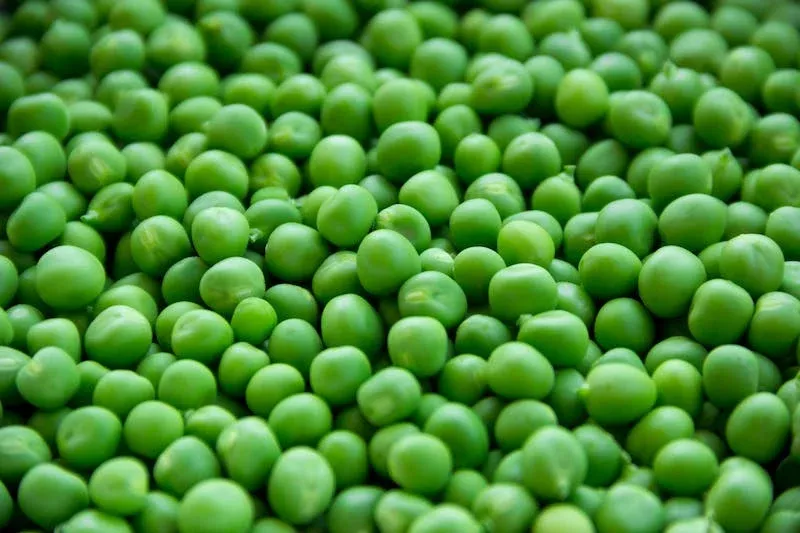
Peas do more than just roll off your fork at the dinner table.
Appearing in various forms — snap, snow, and garden peas — these green orbs are a good source of Vitamins A, K, and B-complex.
Their compact size allows you to feed them to your sugar glider whole, raw, or lightly cooked.
9. Broccoli

Broccoli, probably your least favorite veggie growing up, is a must-have for your sugar glider’s diet plan.
Bursting with Vitamins A, C, and K, as well as antioxidants that protect against disease, broccoli can be offered in small, bite-sized florets.
Be sure to remove stems and leaves, as they can lead to digestive discomfort.
10. Lettuce
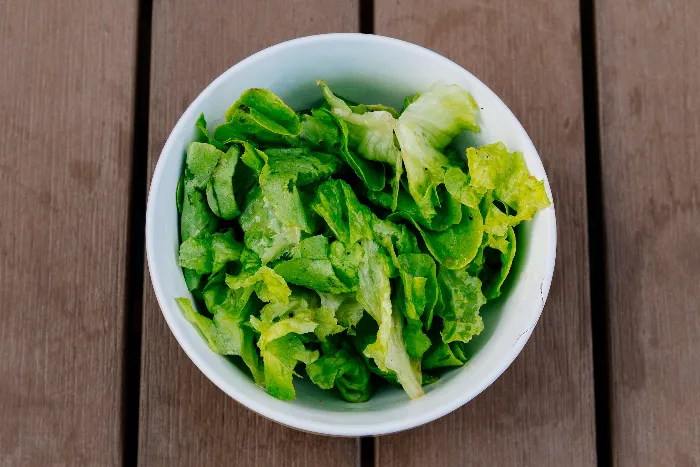
Romaine lettuce can be a nice add-on to your sugar glider veggie list. It’s low in sugar and high in fiber, but remember to chop it finely.
11. Cucumber

This hydrating vegetable is also a hit among sugar gliders. Remove its seeds, finely chop, and serve fresh.
Vegetables To Avoid Feeding Sugar Gliders
There should indeed be caution when it comes to feeding your sugar glider certain vegetables. While a wide variety is generally beneficial to sugar gliders, some contain compounds that are detrimental to their health.
Here are a few examples of such potentially harmful vegetables:
1. Onions and Garlic
Both onions and garlic belong to the Allium family and are known to cause damage to red blood cells in several animals, such as dogs and cats.
Although no specific research indicates if this is the case for sugar gliders, it is best to avoid these vegetables to stay on the safe side. Moreover, their strong flavors may not even appeal to sugar gliders in the first place.
2. Rhubarb
The leaves of the rhubarb plant contain oxalic acid and anthraquinone glycosides, which are both toxic. Although the stalks are edible for humans when cooked, it is advisable to avoid feeding any part of this plant to your sugar glider.
3. Leeks
Also an Allium family member, you should avoid feeding leeks to your sugar gliders. They share some of the problematic compounds that onions and garlic contain.
4. Avocado
Of the avocado parts, the pit, skin, and leaves contain a toxin called persin, which poses a particular danger to certain animals. While much of the focus is on birds and larger pets like cats and dogs, it is best to avoid avocados entirely due to the potential risk they represent.
5. Raw Sweet Potato
While sweet potatoes are a healthy and safe choice for sugar gliders when cooked, the raw form contains trypsin inhibitors. These compounds interfere with the effective digestion of proteins, which potentially hampers the absorption of other essential nutrients.
Always cook sweet potatoes before serving them to your sugar glider.
6. Spinach and Beet Greens
Spinach and beet greens are certainly full of nutrients, but they also contain oxalic acid. Consumed in large amounts, this compound can interfere with calcium absorption, leading to deficiencies and potential health problems.
Wrapping it All Up
This guide aims to help you navigate the sometimes tricky world of sugar glider care and nutrition. It’s important to note that every sugar glider is unique, and what one may love, another may leave uneaten.
Experiment, while keeping the golden rules in mind, and put together a diet that keeps your precious sugar glider happy, healthy, and full of energy.
By honoring their biological diversity, offering a variety of vegetables and other foods, observing their likes and dislikes, and consulting with a vet or nutritionist regarding their nutritional needs, we can aid in the long and healthy life of these adorable creatures, and continue to marvel at the joy they bring into our lives each day.
